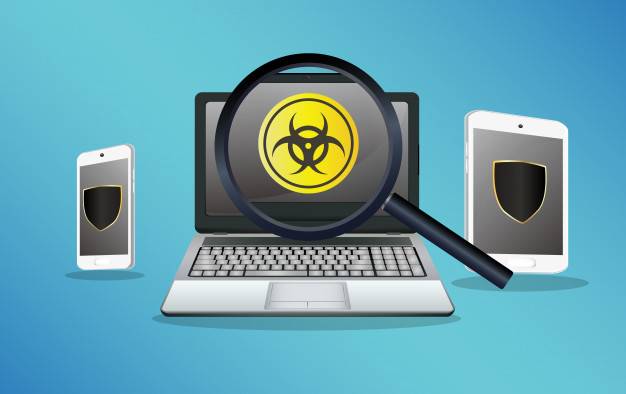Malware Scanner
If you own a website then you need to know how to keep it secure. This means that you need to know how to do a malware scan and how to carry out other, simple, steps to protect your website.
How do I scan for malware?
The easiest way to do a malware scan is just to get a website vulnerability scanner and have it do the work for you. Each product will have its own set of instructions, but you choose a cloud-based product then it’s usually as easy as signing up, leaving the scanner to do its job, and responding to any alerts.
It’s also a good idea to know how to do a malware scan on any devices you use to connect to the back end of your website. Assuming you’re using mainstream operating systems (e.g. Windows, MacOS, Android, and iOS), this is likely to be as simple as signing up for a cloud-based antivirus product, preferably one with an integrated firewall.

Malware scans will go a long way to keeping your website secure and it’s even better if your website vulnerability scanner also has an integrated web applications firewall. A web applications firewall is basically the same as a regular firewall except that it protects the server instead of the client.
These basic steps will give you a solid layer of protection, with so many threats on the internet, however, it’s wise to take additional steps. Here’s what you need to know.
You must keep all your software up to date
All anti-malware programs work on the assumption that you are already keeping your software up to date. In other words, they won’t try to fix problems that have already been fixed by the software developer. You need to be sure that all software you use is still supported by its developer and that all updates released are always applied promptly.
You must control all your user accounts
Your administrator accounts have the highest level of vulnerability but any account with access to the back end of your website can cause damage to it, if only accidentally. Even external accounts can create security issues unless they are managed carefully.
As a bare minimum, you need to have a robust procedure for the creation and deletion of internal accounts. This needs to be done mindfully. In other words, you need to think about what tasks need to be undertaken and what level of access is required to perform each task. Then you need to work out the minimum level of users required to perform these tasks, taking into consideration the fact that there will be staff absences that need to be covered.
Once your internal users have been established, you need to keep an eye on your administrator accounts to ensure that the only accounts listed are the ones you expect to see. Any unusual accounts should be deleted immediately. Then ask around to see if they could have been legitimate accounts that were created outside the usual procedure. If so you need to find out why that happened). If not, you need to undertake a security audit of your site as there is a strong possibility that you have been hacked.
You’re unlikely to have the same level of control over external users. This is exactly why you should think very carefully not just about what you let them do but also about how you let them do it. In simple terms, if a user can do something, you need some way to verify that they’re doing it safely.
Even something as innocent-looking as a contact-us form can be a channel for a hacker to inject malicious code into your website. File uploads can be massively dangerous. They’re best avoided if at all possible. In many cases, however, their convenience outweighs their risk - as long as you manage them properly.
If you are going to allow file uploads, it’s highly advisable to limit the types of file which can be uploaded. You then need to apply rigorous validation to ensure that hackers do not trick your system, for example by changing extensions. It’s also a good idea to limit the size of uploads to prevent your file upload system from being used as a channel for DDoS attacks.
You must monitor all user activity
Regardless of what kind of host and content management system you use, you should be able to see logs of user activity. As a minimum, you need to check login attempts and system error messages. These can highlight a lot of suspicious activity.
Please click here now to have your website scanned, for free, by cWatch from Comodo
How do i secure my website from hackers?
© 2026 Comodo Security Solutions, Inc





